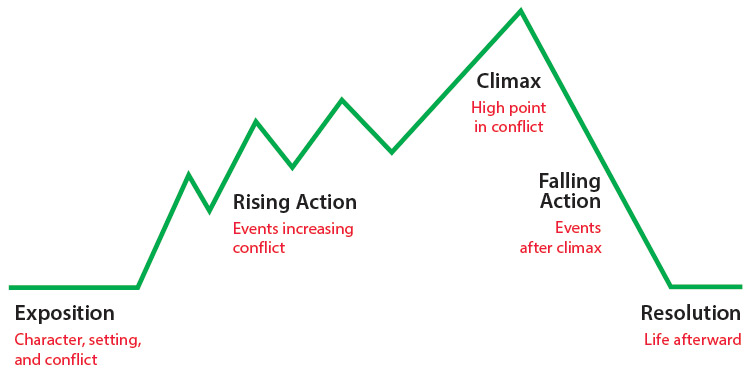

We get to know who’s who, as well as when and where the story takes place. The first part of the plot establishes the main characters/protagonists and setting. Generally speaking, every plot has these five elements in this order: So what is this structure exactly?Īll plots follow a logical organization with a beginning, middle, and end-but there’s a lot more to the basic plot structure than just this. This is why many plots follow the same basic structure. The time-sequence is preserved, but the sense of causality overshadows it."Īuthors typically develop their plots in ways that are most likely to pique the reader’s interest and keep them invested in the story. 'The king died, and then the queen died of grief' is a plot. 'The king died and then the queen died,' is a story. A plot is also a narrative of events, the emphasis falling on causality. "We have defined a story as a narrative of events arranged in their time-sequence. Forster argues that instead of merely revealing random events that occur within a text (as "story" does), plot emphasizes causality between these events: In Aspects of the Novel, famed British novelist E. Plot differs from "story" in that it highlights a specific and purposeful cause-and-effect relationship between a sequence of major events in the narrative. The plot must follow a logical, enticing format that draws the reader in. Some describe it as the "what" of a text (whereas the characters are the "who" and the theme is the "why"). In short, plot is the foundation of a story. Plot is the way an author creates and organizes a chain of events in a narrative.

What is the plot of a story? The answer is pretty simple, actually.

But first, let’s take a look at the basic plot definition. When we talk about stories, we tend to use the word "plot." But what is plot exactly? How does it differ from a story, and what are the primary features that make up a well-written plot? We answer these questions here and show you real plot examples from literature.


 0 kommentar(er)
0 kommentar(er)
